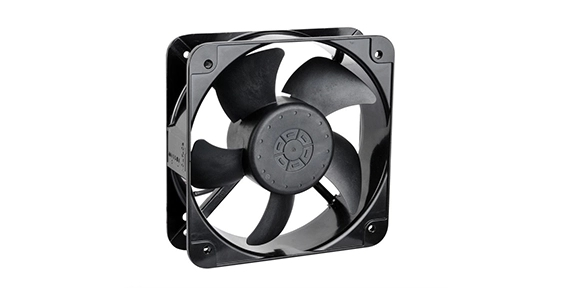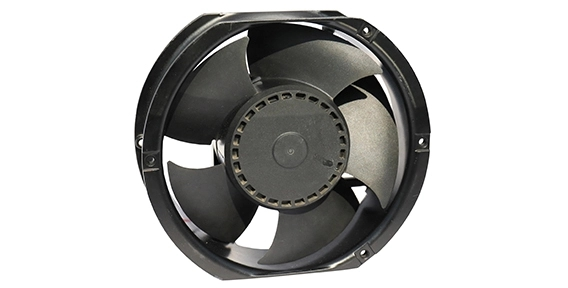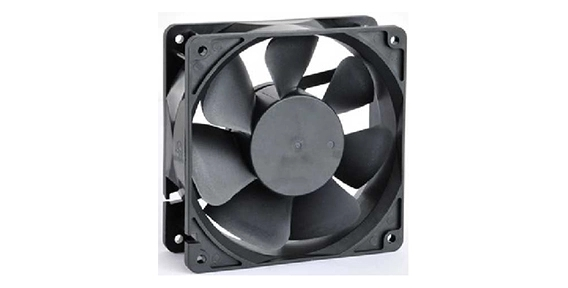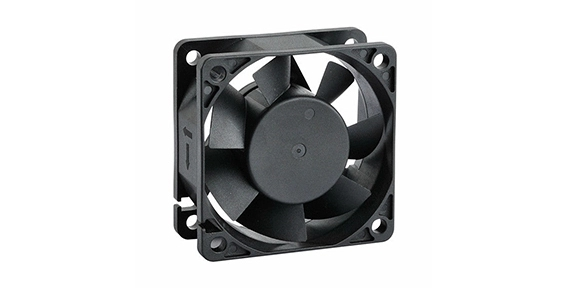1. Cleanroom Ventilation: 200mm EC fans are used in cleanroom ventilation systems to maintain a particle-free environment critical for sensitive medical and pharmaceutical production.
2. Air Filtration: 200mm EC fans improve air filtration systems that help to eliminate airborne particulate matter that can affect the quality and safety of pharmaceutical products.
3. Temperature Control: 200mm EC fans provide precise temperature control necessary for maintaining controlled environments in medical manufacturing facilities.
4. Noise Reduction: The quiet operation of 200mm EC fans makes them an ideal choice for medical facilities, reducing the noise level that could cause disturbance to patients and staff.
Optimizing The Heat Dissipation System With 200mm EC Fans Involves Several Key Steps:
1. Correct Installation: Ensure the fan is installed in the correct orientation to maximize airflow and cooling efficiency. The fan should be securely mounted to prevent vibrations and noise.
2. Adequate Ventilation: Ensure the system has adequate ventilation for the fan to effectively dissipate heat. This may involve designing the system with sufficient inlet and outlet vents.
3. Regular Maintenance: Regularly clean the fan and the system to prevent dust accumulation, which can reduce cooling efficiency.
4. System Design: Design the system to allow for optimal airflow. This may involve positioning components to minimize obstruction to the airflow.
5. Fan Control: Use fan control strategies, such as variable speed control, to adjust the fan speed based on the system’s cooling needs.
6. Multiple Fans: In high heat generating systems, consider using multiple fans to enhance heat dissipation.
7. Heat Sinks: Use heat sinks in conjunction with the fans to improve heat dissipation.

 EN
EN 
 +
+
 +
+
 +
+
 +
+



